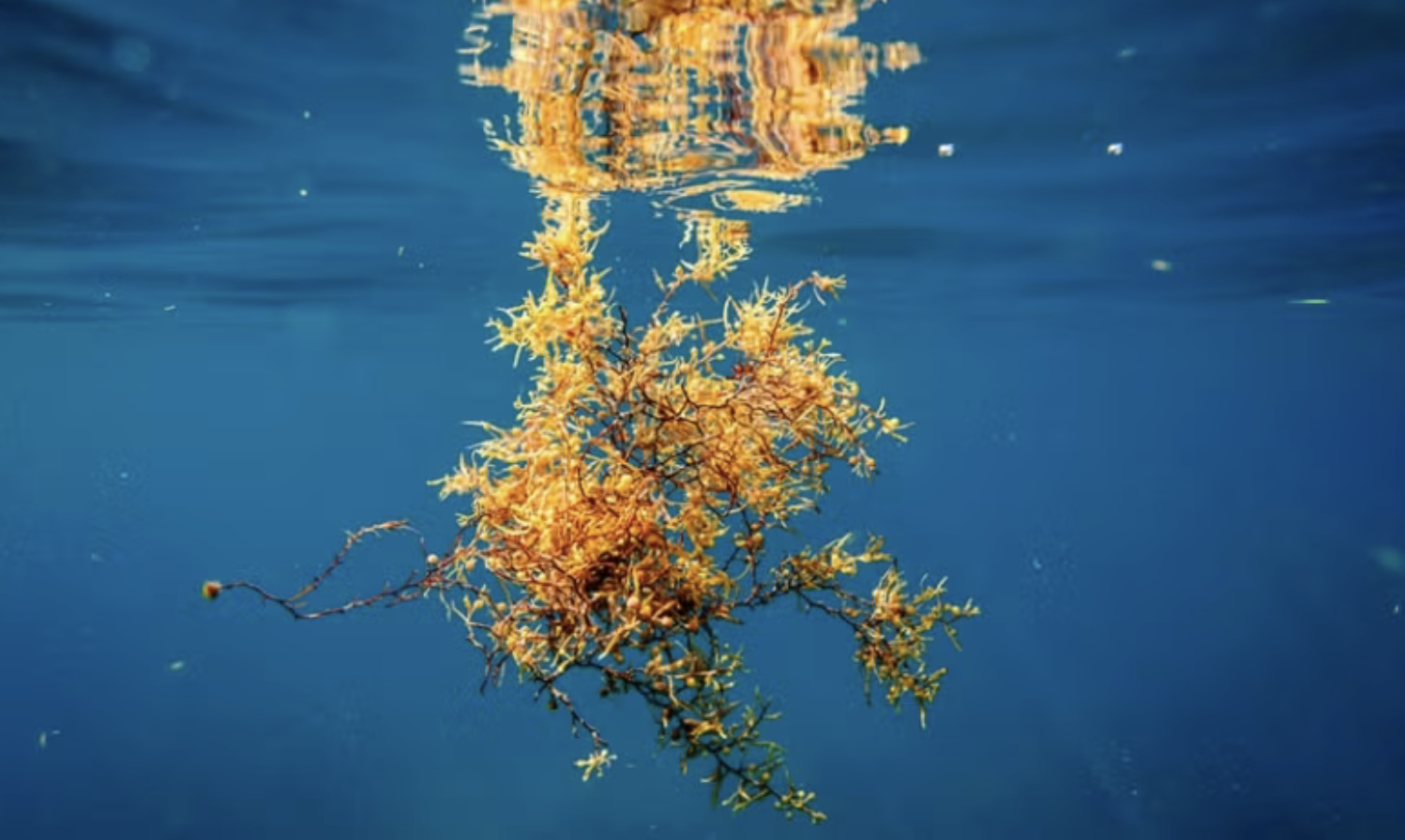Large amounts of sargassum seaweed have been piling up on beaches across Palm Beach County, frustrating beachgoers and sparking renewed concerns about the seasonal phenomenon. From Juno Beach to Boca Raton, visitors are finding shorelines covered with the smelly, brown seaweed — a pattern that has intensified in recent weeks.
Sargassum is a naturally occurring type of floating algae that forms massive mats in the Atlantic Ocean. It plays a key role in marine ecosystems by providing habitat for fish, sea turtles, and other wildlife. But when it washes ashore in large amounts, it can damage coastal environments, bury beaches, and harm tourism.
Experts say 2025 is shaping up to be a record-breaking year, with over 34 million metric tons floating in the Atlantic and Caribbean as of June. While current levels in Palm Beach County aren’t toxic, they’re enough to disrupt beachgoers and bury stretches of coastline.
Sargassum season typically runs from March to October, peaking in summer. Scientists expect it to taper off by September, depending on ocean conditions and storm activity. Cleanup efforts are underway, and officials continue to monitor for more arrivals.




